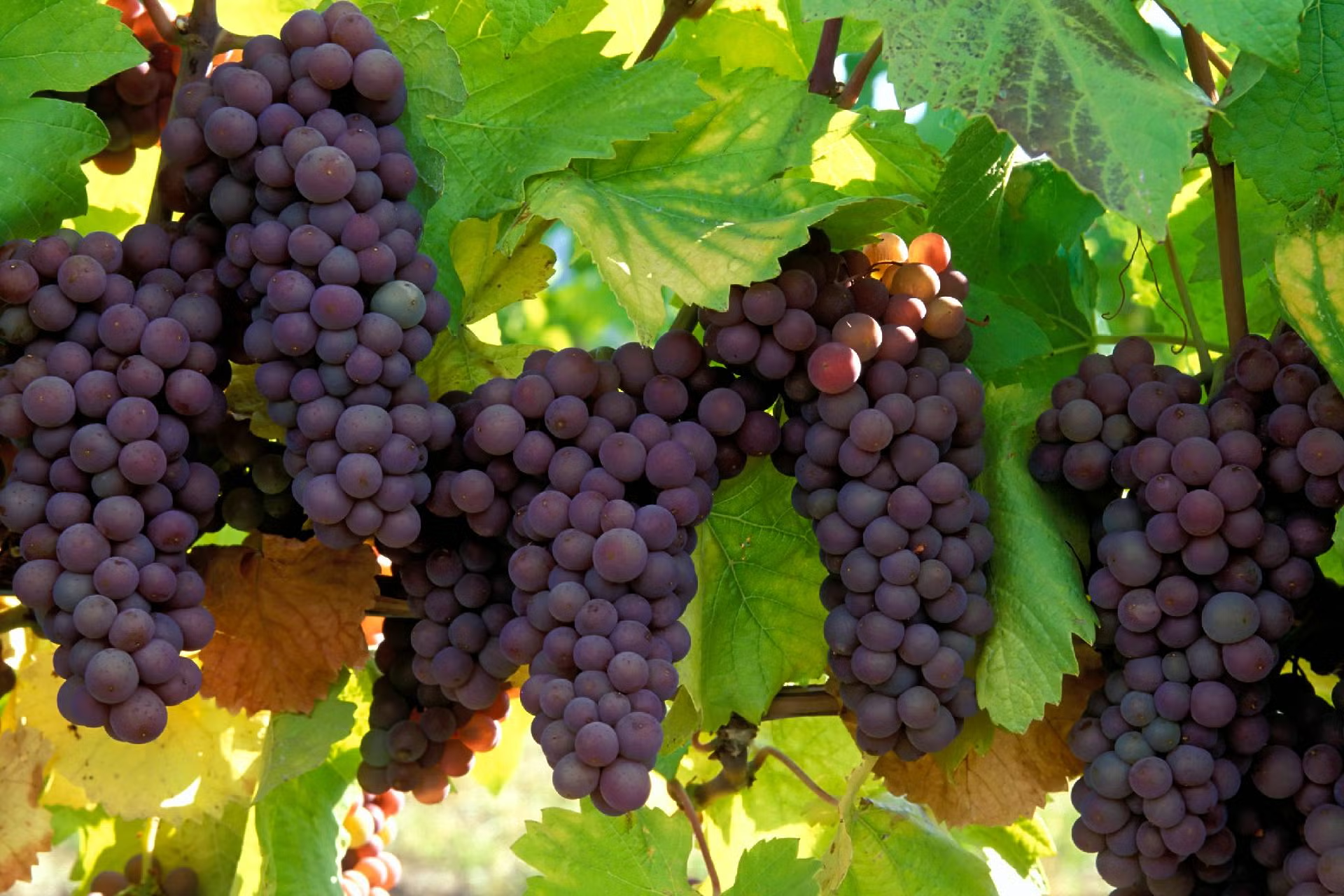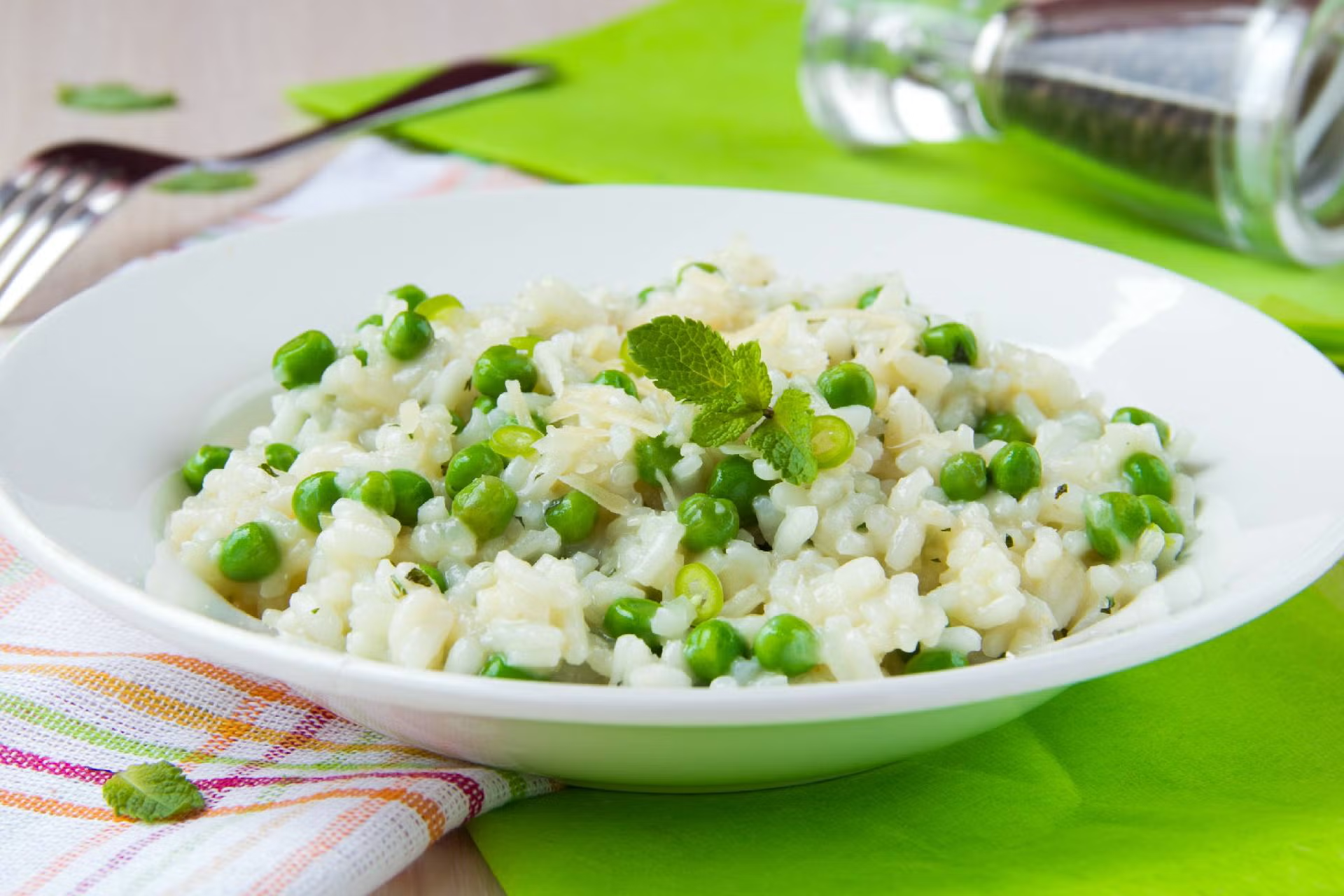French pinot grigio, or pinot gris, is richer and more full-bodied, with notes of honey and spices. It also tends to have greater cellaring and ageing potential.
Although pinot gris is typically a dry wine, some growers from the Alsace region harvest their grapes later in the year for a slightly sweeter taste. These wines have a complex flavour, with notes of cinnamon, honey, clove, Meyer lemon and ginger, and a long, lingering aftertaste. Some Alsatian wineries harvest even later to produce pinot gris dessert wines, with labels marked ‘vendages tardives’.
American pinot grigio is typically harvested later than the Italian grape, but not so late as sweeter Alsatian varieties. These wines are still dry, but with more pronounced fruity flavours and less acidity than their European cousins.
Pinot grigio has gained something of a bad reputation over the years, with people tending to reject it out of hand as too simple and lacking in complexity. In this regard, the wine has been a victim of its own popularity, with cheap, inferior products flooding the market to meet demand. If you avoid cheap, sweet wines, however, there are some excellent quality pinots available, with plenty of good options from $15 upwards.
Pinot grigio pairings
If you’re looking for the perfect dish to pair with your favourite bottle of crisp, refreshing pinot grigio, there are a few basic rules to follow. Wine matching can get quite complicated and technical, but if you stick to the basics you can still create some rewarding combinations.
In general, a wine should be both sweeter and more acidic than the dish it is paired with. Desserts, for example, are often accompanied by a sweet dessert wine. Both the wine and the food should have a similar intensity of flavour, with bold reds matching well with hearty meat and cheese dishes, and whites pairing better with light chicken and seafood dishes. For an instant guide to food-matching different types of wine, take a look at this handy wine and food pairing chart.













